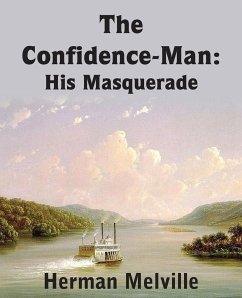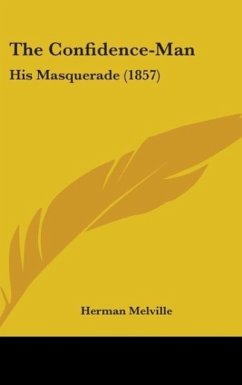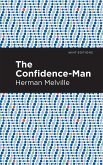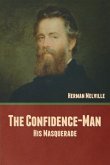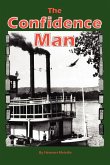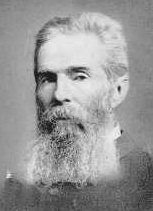The Confidence-Man: His Masquerade portrays a group of steamboat passengers whose interlocking stories are told as they travel down the Mississippi River toward New Orleans. The novel's title refers to its central character, an ambiguous figure who sneaks aboard a Mississippi steamboat. This stranger attempts to test the confidence of the passengers. Herman Melville was an American writer of novels, short stories and poetry. Melville was a schoolteacher for a short time and a seaman. On his first voyage he jumped ship in the Marquesas Islands. His first book, Typee, was an account of that time and became a bestseller and Melville became known as the "man who lived among the cannibals." Public indifference to Moby-Dick put an end to his career as a popular author. It was not until the "Melville Revival" in the early 20th century that his work won recognition.

